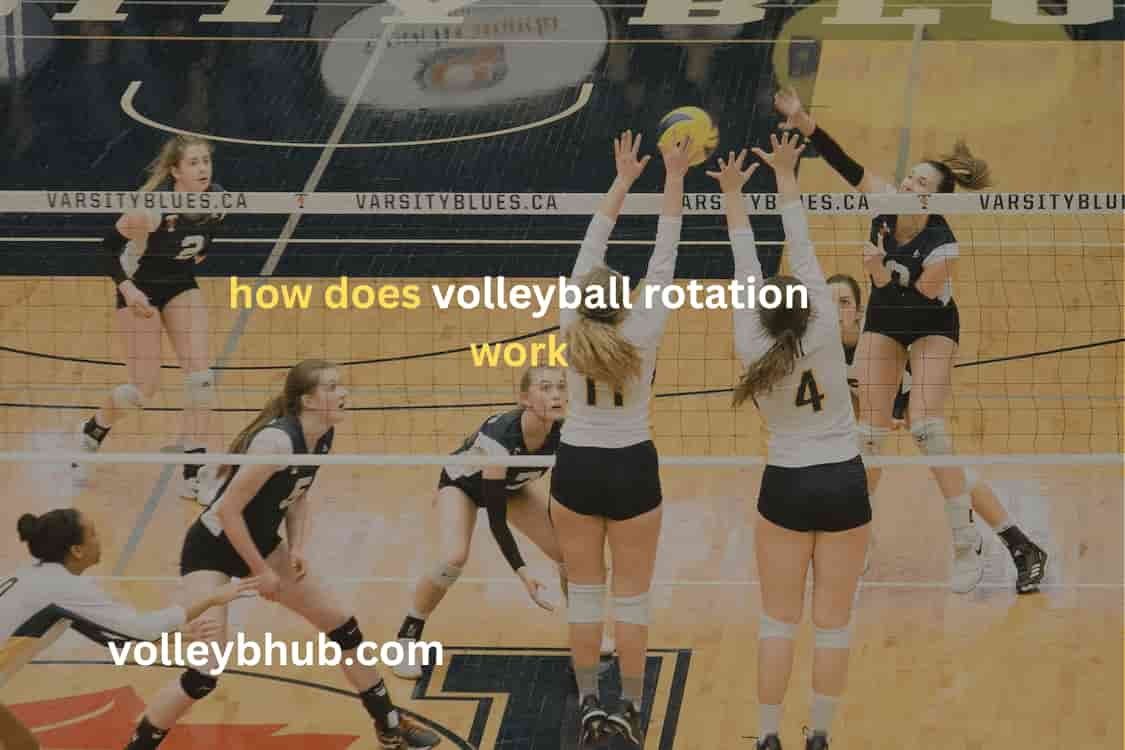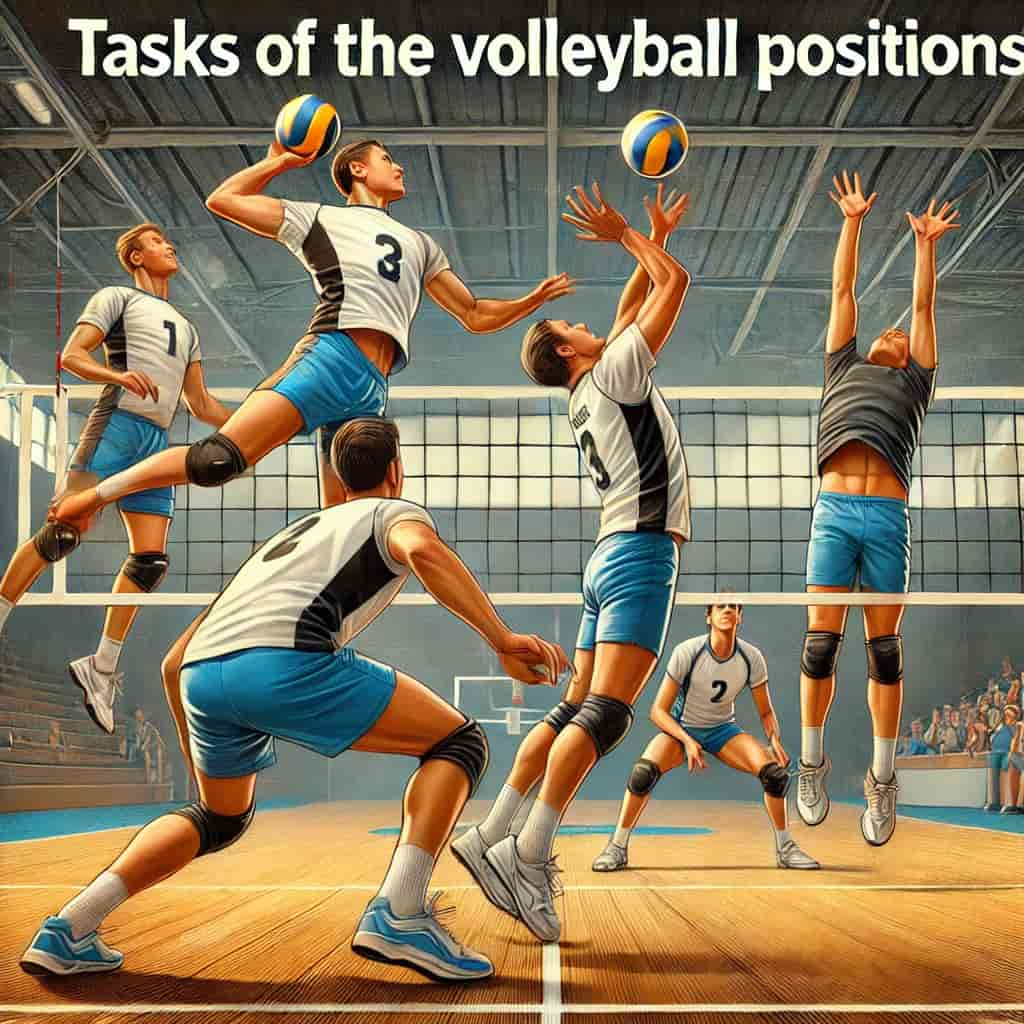
Introductory Guide to Volleyball Rotation Strategies
For those just starting out in coaching, grasping the volleyball rotation rules may seem intimidating at first. The concept involves several complexities; however, with ongoing practice and exposure, these complexities will become easier to understand. Our comprehensive guide is tailored to demystify the rotation process, offering straightforward explanations and supporting you in effectively learning the core principles. This resource aims to facilitate a seamless introduction to the strategic facets of volleyball.
Fundamental Volleyball Rotation Techniques
For a volleyball game to proceed smoothly and effectively, it is crucial that all players understand the essential rotation system. Teams rotate only after winning a rally and gaining the right to serve. Following this, all six players are required to rotate in a clockwise manner, positioning the next server from the right front to the right back of the court.
Mastering this rotation pattern is key to preserving the game’s continuity. Adhering to these foundational principles will help you comprehend and implement the process accurately during a match.
Understanding Volleyball Court Positions
In volleyball, it’s essential to know the six key positions on each team’s side of the court, arranged in two rows of three players. Although players rotate in a clockwise direction, the positions themselves are labeled counter-clockwise. Here is a simple breakdown of each position:
- Position 1: Right back, where the server starts.
- Position 2: Right front, directly in front of the right back.
- Position 3: Middle front, to the left of the right front.
- Position 4: Left front, positioned to the left of the middle front.
- Position 5: Left back, directly behind the left front.
- Position 6: Middle back, located behind the middle front.

Understanding Team Roles in Volleyball
In volleyball, it’s important to distinguish between your court position, which changes with every rotation, and your fixed role on the team. Here’s a breakdown of the six main roles and their responsibilities:
- The Setter: The primary role of the setter is to position the ball for the hitters, ideally receiving the ball second in a play. If unable to reach the ball, the setter should call for “help” to delegate the set. If the setter touches the ball first, they must call “setter out” to indicate another player needs to set the ball.
- The Outside Hitter: Positioned typically at the front left for right-handed players (or front right for left-handers), this player specializes in attacking the ball from the strong side of the court.
- The Middle Blocker: Usually the tallest and strongest member, positioned in the middle front. Their main job is to block opponent hits and occasionally double block with the outside hitters.
- Defensive Specialist (DS): This player, operating from the back row, focuses on defense, especially rolling and digging to keep the play alive. They must formally substitute in with the referees.
- The Libero: Introduced in 1998, the libero exclusively plays in the back row and can substitute in freely, wearing a distinct jersey. Known for excellent passing and digging skills, the libero often replaces the middle blocker when they rotate to the back.
Read Also: volleyball at the Summer Olympics standings
Understanding Volleyball Rotation
In volleyball, knowing when to rotate is crucial. Rotation occurs when your team wins a point while the opposing team is serving, a situation known as a side-out. Typically, the team rotates clockwise. The player in the front right position moves to the right back, taking on the role of the server for the next point. However, if your team is already serving and scores a point, there is no rotation, and everyone remains in their current position.
As for the rotation sequence after serving from position 1, the player moves to position 6 (middle back), then to position 5 (left back), followed by position 4 (left front), position 3 (middle front), and position 2 (right front), before returning to position 1, ready to serve again.

Understanding Player Substitutions in Volleyball
In volleyball, substitutions depend on the player’s role and the level of the game. Substitutions typically occur when players reach certain positions in the rotation.
For example, if you are playing in the front row as a setter, outside hitter, or middle blocker, you might be substituted by a back row player, like a defensive specialist (DS) or libero, when you move to the right back position. Sometimes, front row players are allowed to serve before being substituted.
Mastering Movement and Positioning in Volleyball Rotations
In volleyball, knowing when and where to move during rotations is crucial for optimal positioning. Players are allowed to move once the server contacts the ball. For instance, if you are a setter positioned at the left front, you can shift to the right front after the serve to better position yourself for play.
This principle applies to other positions as well—middle blockers aim for the middle front, and outside hitters head towards the left front. However, remember that movement is only permissible after the ball has been served.
Players are free to switch positions, but it’s important to note that backcourt players are restricted from moving to the net to block or spike. They must execute all attacking moves from behind the attack line to maintain fairness, preventing skilled spikers from overpowering the game across all rotations.
Understanding Volleyball Rotation Order
In volleyball, the rotation order is essential and must follow the initial lineup throughout each set. On the court, there are six players divided into two rows: three in the front and three in the back. The positions on the court are specified as left front, middle front, right front, left back, middle back, and right back.
These positions indicate where each player stands before the serve and should not be confused with the players’ roles such as setter, middle blocker, outside hitter, opposite, or libero.
At the time of the serve—whether your team or the opposition is serving—all players must be in their correct positions according to the rotation. This alignment ensures that players are organized in accordance with their designated front or back row locations.
Player Placement and Movement Rules in Volleyball
In volleyball, players must initially adhere to their serving rotation positions before the ball is served. Once the serve is in play, they may transition to their preferred or tactical positions. There are specific rules governing player movements.
For instance, players who rotate to the backcourt are restricted from executing an attack in front of the attack line unless they leap from behind the 10-foot line. This rule, however, does not apply to the libero, who has distinct limitations.
For example, a middle blocker rotated to the left front may shift to the middle front post-serve. These regulations are designed to ensure that the game is conducted fairly and in accordance with the standards established by the sport’s governing bodies.
Common Volleyball Formations
On the court, the typical player positions include left front, middle back, and right front. These terms describe the actual gameplay locations rather than traditional position names. Generally, two middle blockers are positioned in the middle front and middle back. The setter usually starts in the left back, while the opposite hitter takes the right front position.
The remaining players, typically outside hitters, adjust their positions based on the server. When one outside hitter moves to serve, the other transitions from the back to the front row, maintaining a lineup that always includes an outside hitter, a middle blocker, and either a setter or opposite hitter in the front row.
FAQ’s: About how does volleyball rotation work
When is it necessary to rotate in volleyball?
Rotation in volleyball is mandatory after a sideout, where the team that was receiving earns the point and the serve. This happens when the receiving team wins a rally or if the serving team makes an unforced error. As a result, the players must rotate positions before the next serve.
What is the basic method for rotating in volleyball for beginners?
In volleyball, every player except the libero must rotate positions clockwise before each serve. Players in the front row stand close to the net to block or hit, while those in the back row position themselves towards the middle or back of the court, focusing on digging and defense.





